FS Colour Series: Earth inspired by Caravaggio’s Dark Opulence
With the weighty indulgence of port wine, EARTH linen’s warm, rich darkness swept across Italian Baroque painter Caravaggio’s canvases, lending them an entrancing, dark opulence. Set against dark shadows and pale flesh, Caravaggio explored how this colour could bring heady notes of sinful decadence into his paintings, heightening their passionate tension and trembling tenebrism, inducing the awe-inspiring spectacle of the sublime.
Born Michelangelo Merisi in around 1571 to a poor family, the artist grew up near the town of Caravaggio, a name he would later adopt as his own. Not much is known about Caravaggio’s education, but at the brink of adulthood he settled in Milan, where he found regular work as a portrait painter. Even at this early stage in his career, the artist’s virtuoso skills in painting revealed an awareness of the Italian Renaissance, with striking realism, chiaroscuro and precise anatomical accuracy, suggesting a history of classical training.
A fiery and hot-headed young man, Caravaggio often found himself in trouble with the law. One dramatic incident forced him to flee Milan for Rome in 1592, where, fortuitously, he found a sea of like-minded artists, and became an apprentice to Giuseppe Cesari, who taught the young artist how to paint with minute precision and subtle nuances in colour. In Rome, Caravaggio met Cardinal Francesco Maria del Monte, who would become one of his most important supporters and patrons, helping him find lodgings and a steady stream of commissions from Rome’s most distinguished art collectors.
In his early paintings Caravaggio often captured celebrations of music, as seen in The Musicians, 1596, where young men on the brink of adulthood are swathed in drapes of fabric that seem to flow like watery waves across the scene, mimicking the sound of music. A stark colour palette is enlivened by a shocking swell of deep red, bringing an erotic, anticipatory charge over the central figure, echoing the dark berry tones of his lips, while drawing us towards a winged cupid, who hovers in the background, waiting to strike.
Caravaggio’s later Martha and Mary Magdalene, 1598, casts the entire scene in an ambient, earthy glow, lending the scene an air of charged emotion, while framing and emphasising Mary’s pale, delicate skin. In her book Sacred and Legendary Art, art historian Anna Jameson describes Caravaggio’s contemporary portrayal of Mary as “the votary of luxury and pleasure,” breaking with her traditional, pious modesty.
A series of prominent commissions to decorate chapel interiors in Rome led Caravaggio to continue with religious subject matter, but with his subversive eye he re-imagined Biblical characters as real, ordinary people, rather than idealised, otherworldly emblems. In the dazzlingly real Doubting Thomas, 1601, Caravaggio reveals the theatrical, operatic chiaroscuro that would make him world famous, portraying the four characters of his story huddled together amidst darkened shadows, while in his characteristically refined palette, ochre and autumnal robes ripple and fold in the light, a flash of fiery umber that breaks out before dissolving back into darkness.
Caravaggio’s palette broadened into the 1600s, as seen in the jewel toned, riotous The Taking of Christ, 1602. As with his earlier works, figures burst forth from the darkness like actors emerging from backstage, while directional light ignites the scene into technicoloured, three-dimensional life. Colours converge around Christ, drawing our eye towards him, while intoxicatingly deep, red fabric forms a semi-circular halo above his head, a symbol of raging, passionate agony.
Finding himself in trouble with the law again, by 1606 Caravaggio was forced to leave Rome, travelling around Europe in an unsettled period of dislocation. Reddish-browns continued to dominate his paintings, applied with loose, rapid brushstrokes and fervent energy, highlighting the artist’s restless, boundless spirit. In the dynamic, impassioned Madonna del Rosario, 1607, dark red drapes sweep overhead, divinely decadent and sumptuous. Yet as with all Caravaggio’s art, indulgence soon spills over into danger as their pregnant forms hang low like threatening storm clouds, ready to burst wide open.





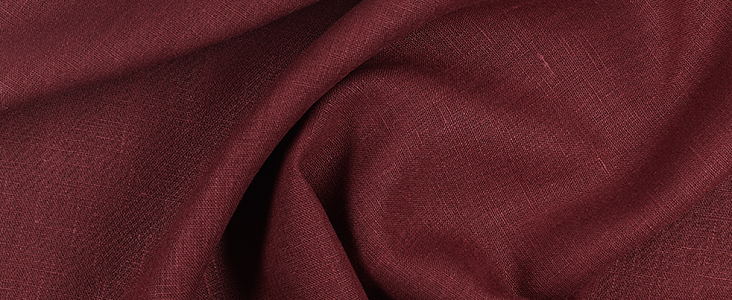
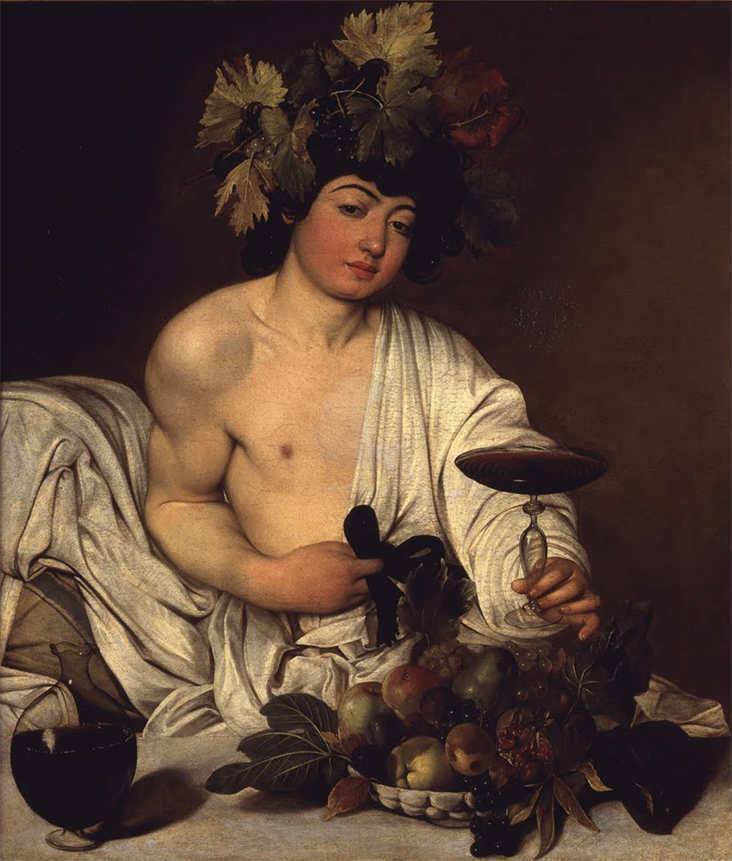
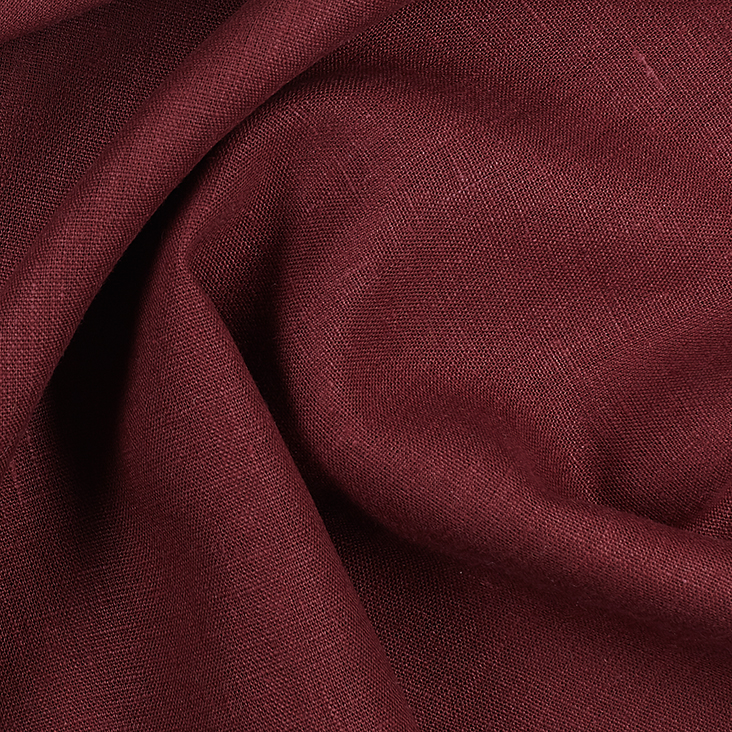
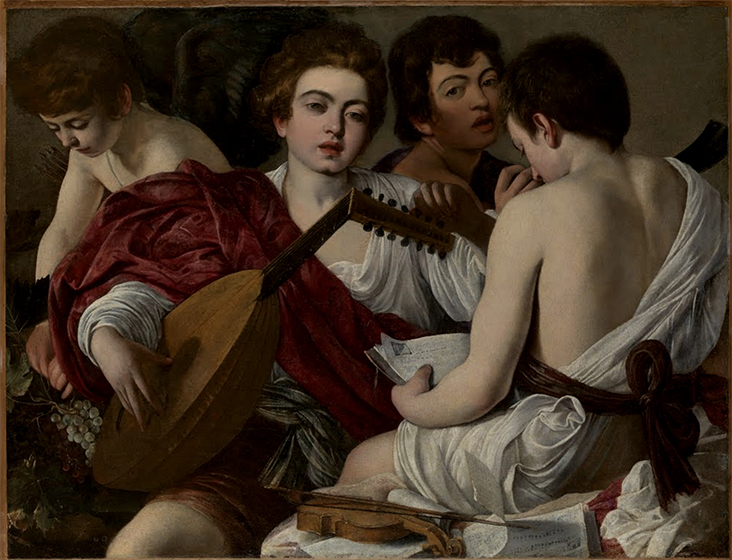
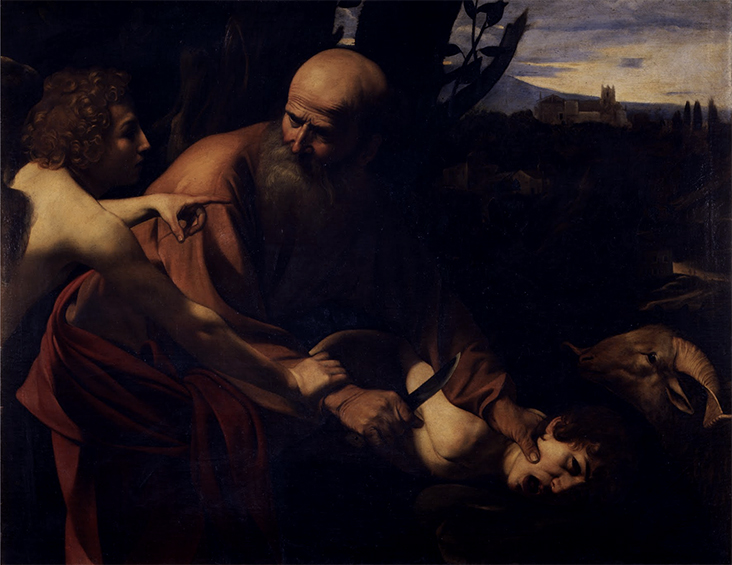
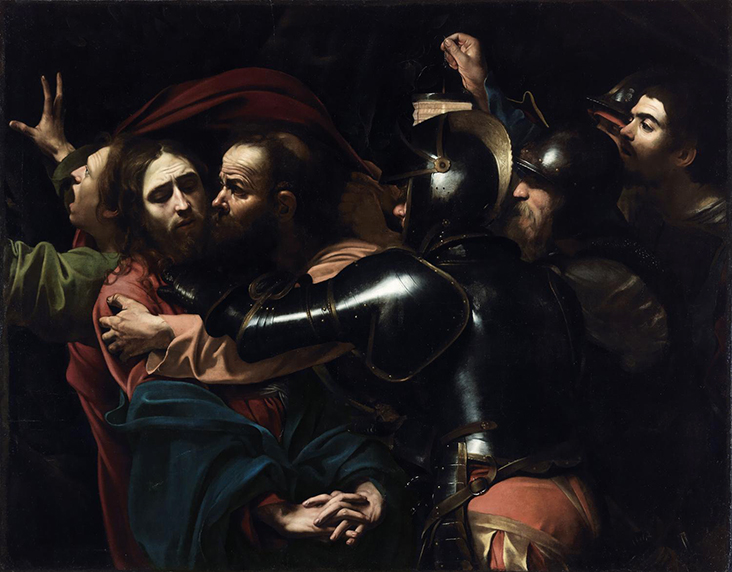














































Leave a comment